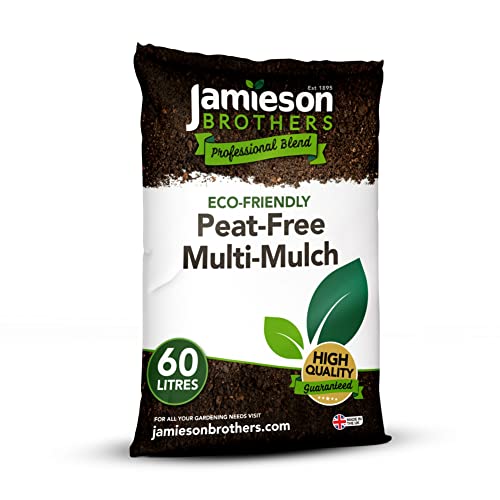7 plants you need to bring inside in winter – make sure these plants are indoors before the colder weather arrives
These plants can survive the winter indoors – but only if you act fast

Sophie King

EDITOR’S NOTE: An earlier version of this article included a quote from a purported expert whose credentials we have not been able to verify. The quote has been removed. We regret this lapse in our verification process and have updated our internal protocols to reduce the risk of recurrence.
Winter garden preparations are well underway, and there are several plants you need to bring inside in winter to help them survive the colder months.
The overwintering process is key to your plants' survival over the next few months, which is why it's such an important step in getting your garden ready for winter. And while some plants can be left outside (with the help of some sturdy plant covers for winter), others will need to be moved indoors.
We've rounded up seven plants you need to bring inside in winter to ensure they bounce back next spring.
7 plants to bring inside now
Weather patterns vary across the UK, so the plants you need to bring inside in winter will partly depend on where you live.
'It really depends on where you are in the country, as different plants can tolerate different conditions,' explains Matthew Johnson, senior gardener at Borde Hill. 'As such, we suggest checking the plants that are in your garden against the RHS website which tells you how hardy they are.
'From here, you can check the average coldest day for the area you live in to gauge how they will fare.'
Some plants struggle across most of the UK during the winter, though – and these are the ones you'll want on your radar.
Sign up to our newsletter for style inspiration, real homes, project and garden advice and shopping know-how
1. Citrus trees
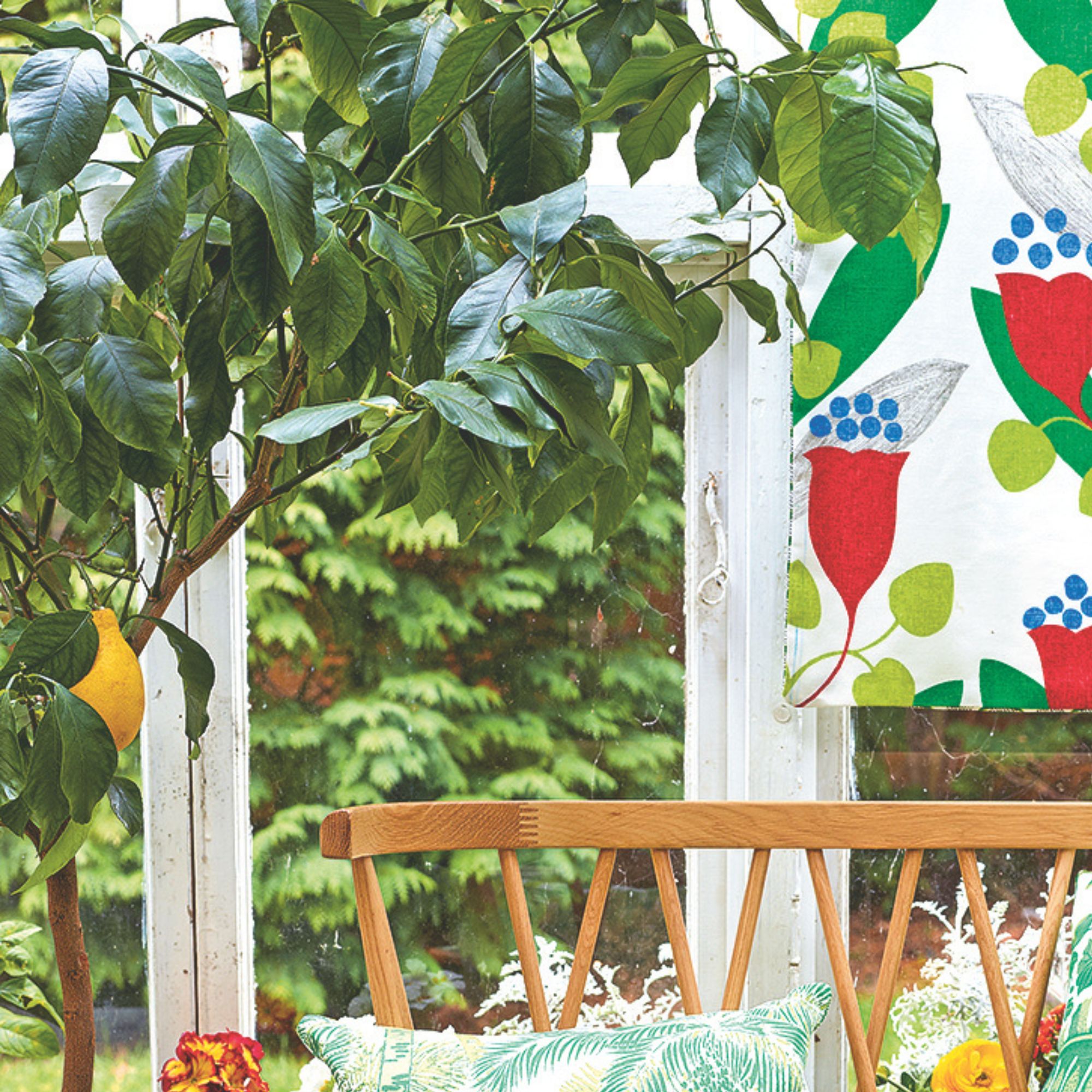
Citrus trees are among the most important plants you need to bring inside in winter. Whether you’ve successfully grown a lemon tree from seed or you bought an orange tree from the garden centre, you need to take proper care of them if you want them to fruit year after year.
This is crucial during the winter months, as these trees generally aren't hardy in the UK and much prefer warmer climates. But you'll need to ensure you're overwintering them in the right conditions.
'If you bring lemon or orange trees into a centrally heated house (which isn’t ideal, as it’s likely to be too dry), remember that they don’t have a dormant period like our deciduous trees so will still need a lot of watering,' says Andy Eddy, head gardener at the National Trust's Osterley Park and House in West London. A cool conservatory or greenhouse is ideal.
'They will also need feeding – we have winter and summer feed for our citrus collection,' Andy adds.
2. Dahlias

No garden border would be complete without some dahlias. These stunning in-ground perennials add colour and fragrance to your garden, but they are extremely tender. They’re not frost-tolerant and won’t be able to survive the winter without some human intervention.
November is a great time to bring your dahlias inside, as the weather is just starting to turn, but the frost hasn’t quite arrived yet. Of course, bringing dahlias inside does take a little more legwork, as they’re often planted in the ground.
'Dahlias are best lifted, dried off and stored in a cool, dry place until they begin to sprout again in spring,' says Martin Stott, head gardener at the National Trust's Saltram in Devon.
Monty Don's top tip for how to overwinter dahlias is to wait until the top has fully died back, cut the top growth to six inches while still in the ground, and then carefully dig them up.
3. Canna lilies
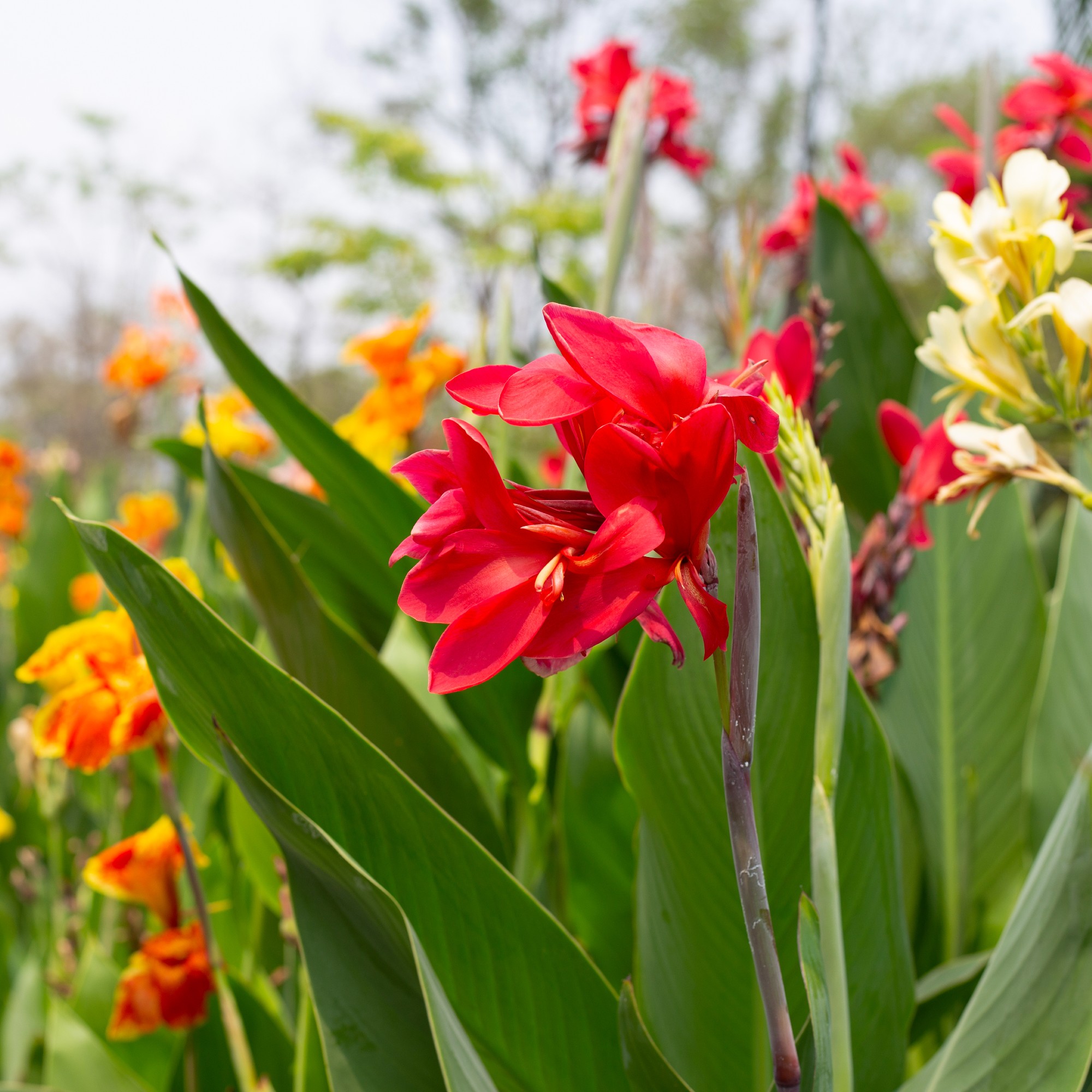
With their big, bold leaves and their equally impressive flowers, canna lilies are a welcome addition to any garden.
But no matter if you have these blooms planted into your garden borders or you want to know how to overwinter canna lilies in pots, the best way to prepare these plants for the winter months is to bring them inside in November, as these heat-loving plants struggle to survive the cold temperatures.
Ideally, cannas shouldn’t be exposed to temperatures below 12°C – and they definitely shouldn’t be exposed to frost. So, it’s best to transport them inside for overwintering. In mild winters, however you can get away with leaving the bulbs in the ground and covering them with organic mulch for protection.
Where to buy mulch:
4. Begonias

Begonias may be beautiful, but they’re extremely tender plants. They have very little frost tolerance, which is why they’re some of the most important plants you need to bring inside in winter. If they’re exposed to the smallest amount of frost or cold weather, it’s highly likely that they won’t survive the winter.
'Many varieties of begonias, such as rex begonias, tuberous begonias and cane begonias, should be moved indoors before temperatures drop below freezing,' explains Steve Chilton, garden expert at LeisureBench. 'They should be overwintered as houseplants until they can be moved back outside in spring.’
‘Remember to replace most of the compost in spring to ensure good growth and plenty of flowers,' Harry says. If you're learning how to overwinter begonias for the first time, this will help ensure the blooms are in the best position next spring.
5. Succulents
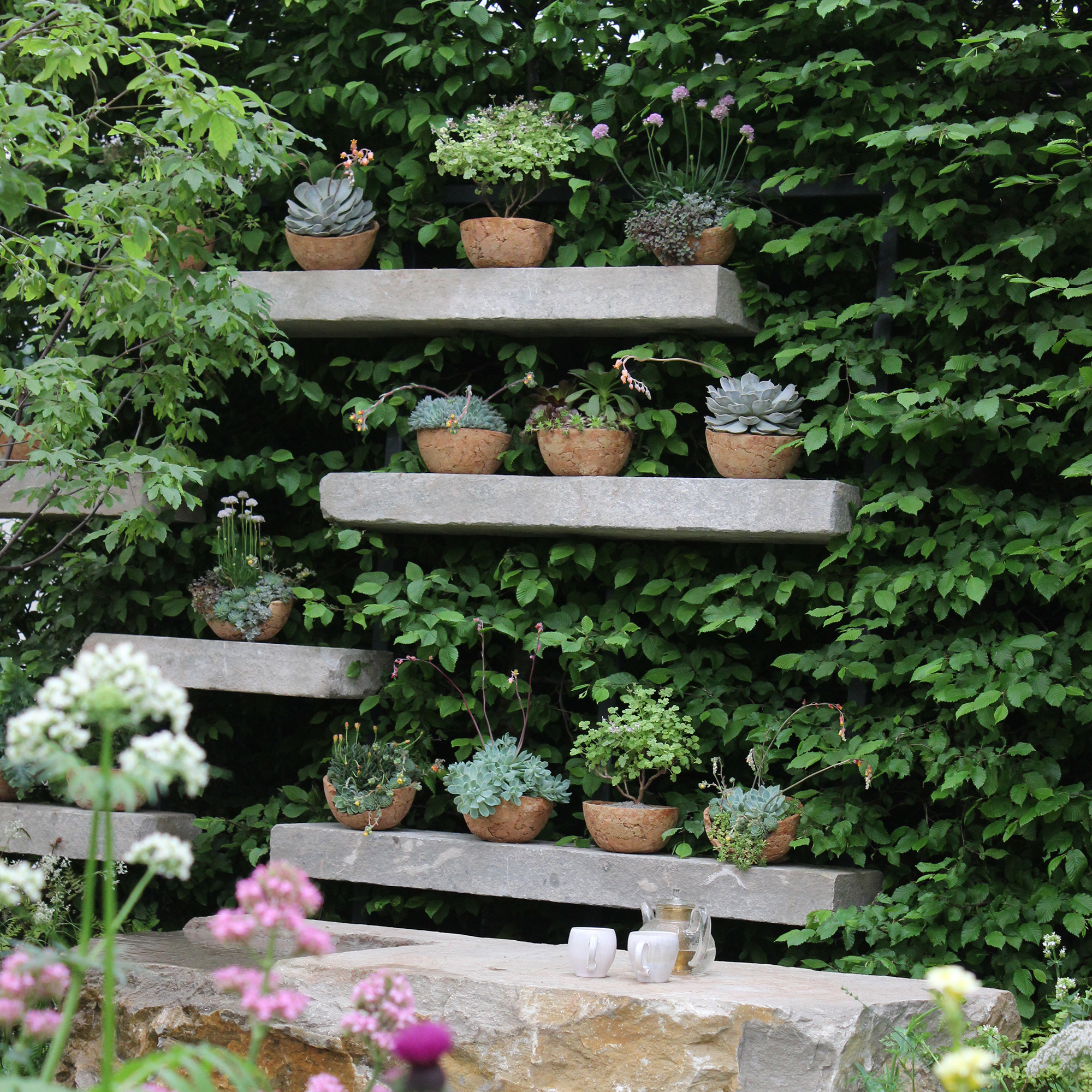
One of the biggest succulent care mistakes someone can make is leaving their succulents outside over the winter months. After all, these plants usually grow in hot and dry deserts – which is very different to the British winter.
That doesn’t mean that you have to bring all of the succulents in your succulent garden inside in November, though. ‘Some succulents are hardy enough to survive outdoors all year round,’ explains Steve. And if you have sempervivums, sedum stonecrop, or delosperma succulents, you should be able to get away with leaving them outside.
However, you should bring the likes of cacti or potted succulents inside in November to protect them from excessive moisture and frost.
6. Tender fuchsias
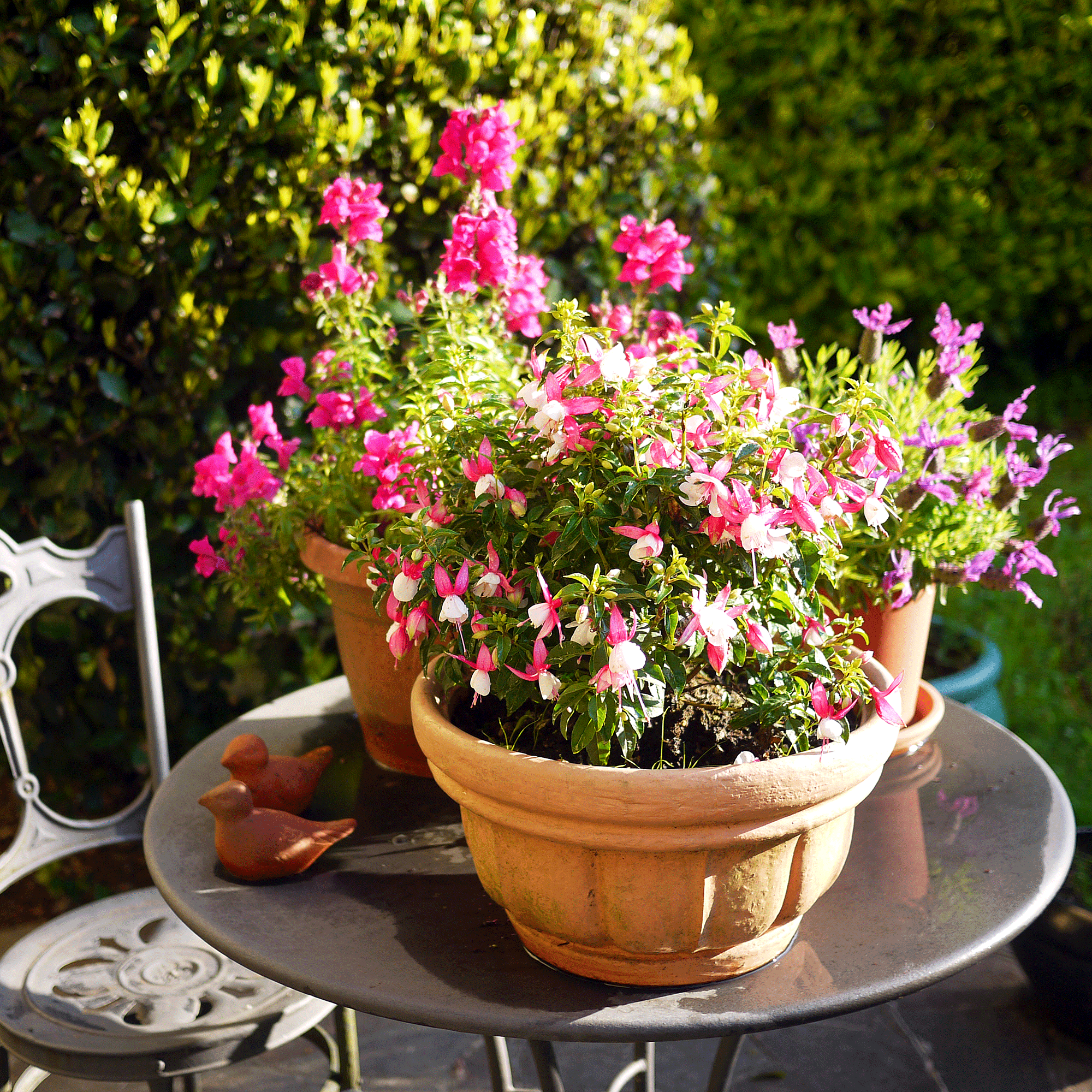
Did you know that there are two types of fuchsias? There are hardy fuchsias, and then there are tender fuchsias, which are normally planted in containers and in hanging baskets.
While it’s important to know when to prune fuchsias, it’s also important to know how to overwinter fuchsias during the winter period. And experts suggest you bring your tender fuchsias inside.
‘Fuchsias also need protection from frost, so it's a good idea to bring them inside in November,’ explains Steve. ‘They should be pruned and kept in a cool, well-lit location throughout the winter months to ensure they're happy and healthy.’
7. Herbs

If you’re on a mission to be more self-sufficient, or you just love the challenge of growing your own vegetables, you might be lucky enough to have your own herb garden. But while your herbs may have thrived during the warm summer months, it’s a good idea to give them some TLC during the winter.
‘Many herbs are tender and just don't cope well in cold and freezing temperatures,’ says Steve. ‘Herbs such as basil, parsley, and coriander should be potted and brought indoors, where they can be harvested throughout the winter.’
It’s best to keep these herbs somewhere light and bright, which is why windowsills or warm conservatories are the perfect places for a winter herb garden.
FAQs
How do you debug plants before bringing them indoors?
The most eco-friendly way to get rid of garden plant pests is to spray them with water before bringing your overwintering plants inside. Some gardeners use a soapy solution to target any lingering pests.
Give your plants a thorough check-over before bringing them inside to prevent pests from hanging around during the winter.
Can you bring hanging baskets inside for winter?
If you're growing tender perennials like fuchsias or begonias in hanging baskets, they can be moved inside during the winter. Begonias can be treated as houseplants, but other plants should be relocated to a cool, frost-free spot indoors, like an unheated greenhouse or conservatory.
If you haven’t brought these plants inside yet, make sure you add this task to your to-do list before temperatures drop.

Lauren Bradbury has been the Content Editor for the House Manual section since January 2025 but worked with the team as a freelancer for a year and a half before that. She graduated with a Bachelor’s degree in English and Creative Writing from the University of Chichester in 2016. Then, she dipped her toe into the world of content writing, primarily focusing on home content. After years of agency work, she decided to take the plunge and become a full-time freelancer for online publications, including Real Homes and Ideal Home, before taking on this permanent role. Now, she spends her days searching for the best decluttering and cleaning hacks and creating handy how-to guides for homeowners and renters alike, as well as testing vacuums as part of her role as the Ideal Home Certified Expert in Training on Vacuums, having spent over 110 hours testing different vacuum models to date!
- Sophie KingGardens Editor
